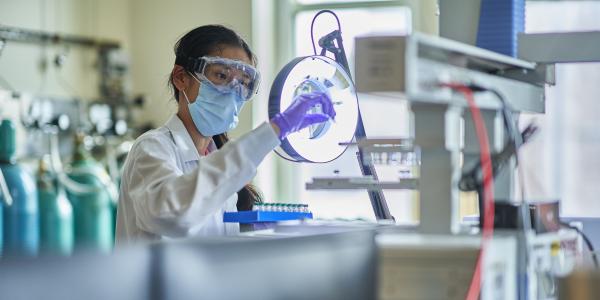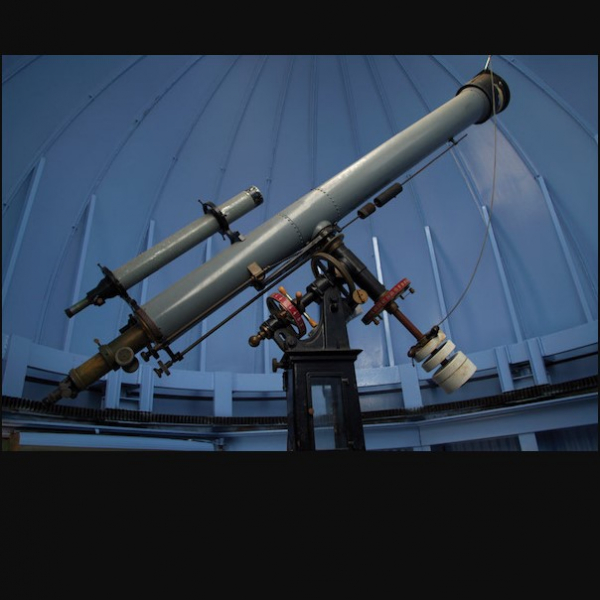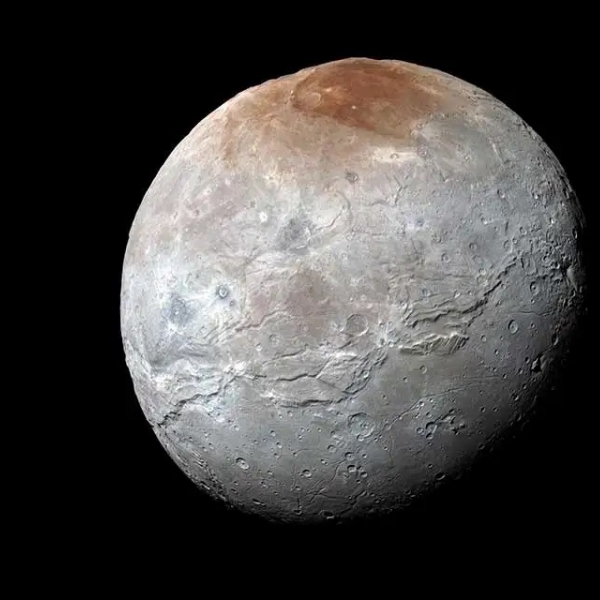Faculty, staff, and students throughout the department have found creative ways to continue conducting and supporting research, even while working at a reduced capacity and observing health and safety guidelines.
Implementing a cohort system is one adaptation. In this strategy, lab personnel are assigned to separate working groups to reduce the potential for spreading COVID-19. For example, Professor Jeff Catalano’s lab has one group of researchers take the morning shift, starting as early as 7 a.m. and running until 1 p.m. Then the lab is closed for an hour for cleaning before the second shift comes in at 2 p.m.
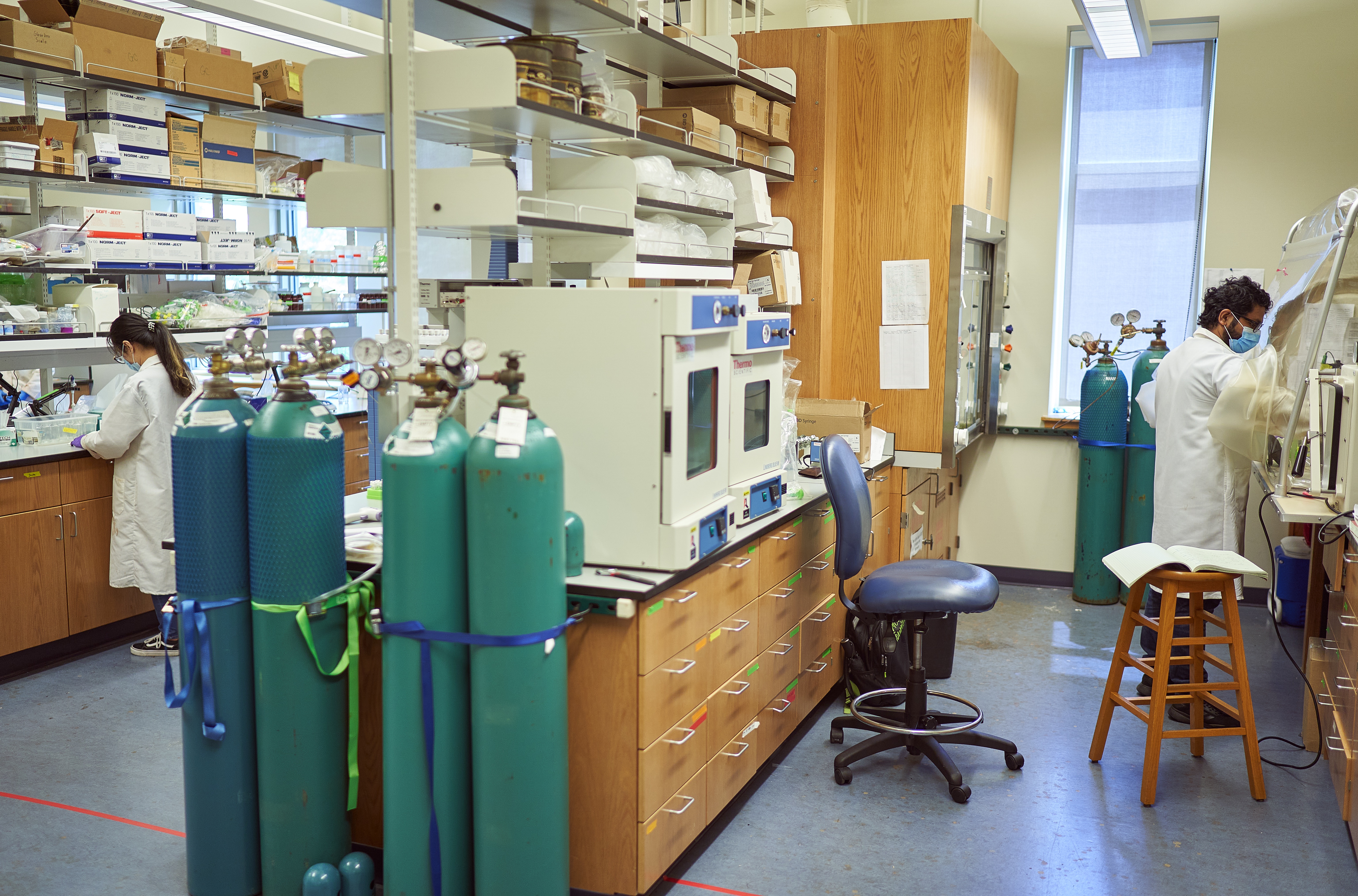
“It was a puzzle at first, figuring out where we can all be and when,” explained Elaine Flynn, Catalano’s lab manager, noting the maze of tape lines on the floor of the lab. “We had to shift our work stations a little, so those who are in the morning cohort aren’t all in the same area, and those in the afternoon cohort are also spaced out.”
With reduced occupancy rules in place, Flynn is the only person accessing the group’s instrument lab. Students prepare their samples and create sample lists through a remote access system, then Flynn runs the samples for them. Though Flynn initially had misgivings about the remote access system – would the volume of requests be overwhelming? – the new technology has proven successful and provided unexpected benefits. In addition to supporting physical distancing, researchers can also retrieve and process data and monitor instruments remotely.
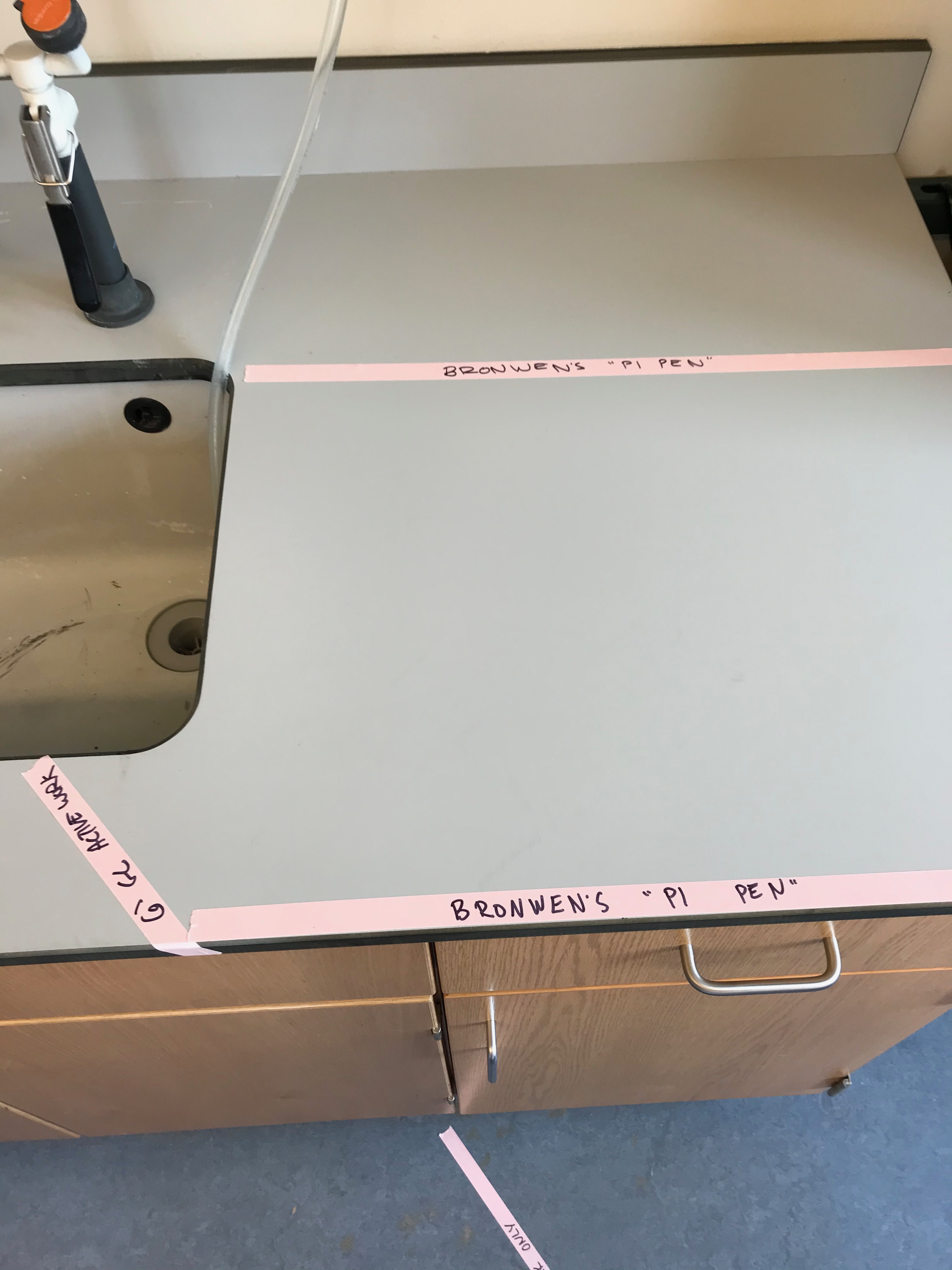
Though she has fewer lab members to coordinate than Catalano and Flynn, tape lines are a key feature in assistant professor Bronwen Konecky’s lab, too. Konecky and staff scientist Jack Hutchings carefully taped off sections of the Climate and Paleoclimate Lab to show exactly where people should be to maintain safe physical distances. Konecky’s lab is also fully outfitted with hand sanitizer, disinfecting wipes, and clear instructions about how often to use them.
“Typically, we try to set up the lab schedule so we’re here at different times. We’re not really together much in person,” said graduate student Nadia Sae-Lim. “But, with everything online now, we actually have more flexibility to meet. Even with Georgy [postdoctoral researcher Georgy Falster] in Australia right now, we can still function effectively as a group together.”
The Earth and Planetary Remote Sensing Laboratory, run by Ray Arvidson, James S. McDonnell Distinguished University Professor, already had ample experience working remotely before the pandemic. With collaborators around the world and equipment on another planet, conducting research remotely is part of standard operations for Arvidson’s group. Like other labs, their biggest change has been setting up a rotation for staff and students to come into their on-campus work spaces, while group collaboration has moved exclusively to online spaces.
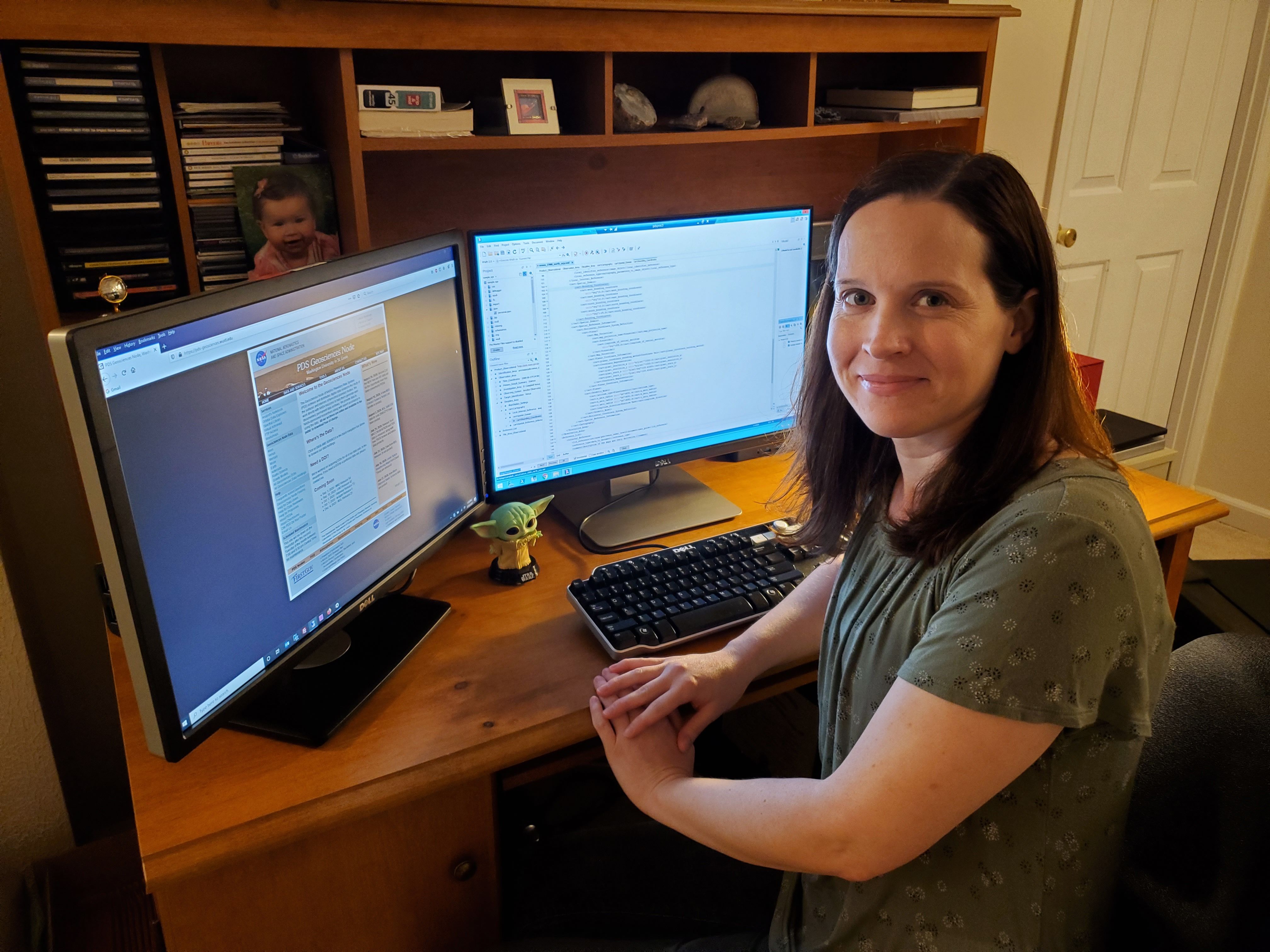
“We stay together via Zoom sessions, and we have provided in-home capabilities and links to our servers and computers in Rudolph Hall,” Arvidson said. “Thus far, we haven’t seen a significant decrease in productivity, with our PDS staff maintaining archiving schedules with NASA planetary missions and researchers and answering archive questions posed by the planetary research community accessing our holdings.”
Other labs are finding innovative ways to use remote monitoring and video conferencing. In associate professor Alex Bradley’s lab, for example, lab manager Melanie Suess has installed a camera to monitor irreplaceable lab samples, ensuring peace of mind even when researchers must be away from the lab for extended periods of time. Suess and postdoctoral researcher Xiaolong Liang are also embarking on a project with another lab and plan to use several tools to collaborate synchronously without violating lab occupancy restrictions.
“One of us will be in the SIMS lab with the instrument operator, Clive Jones,” Suess said. “And then the other person will be on Zoom with us, so they can be part of the conversation in real time. We’ll also be using Splashtop [remote computer access software], so whoever is not in the lab can see what’s happening.”
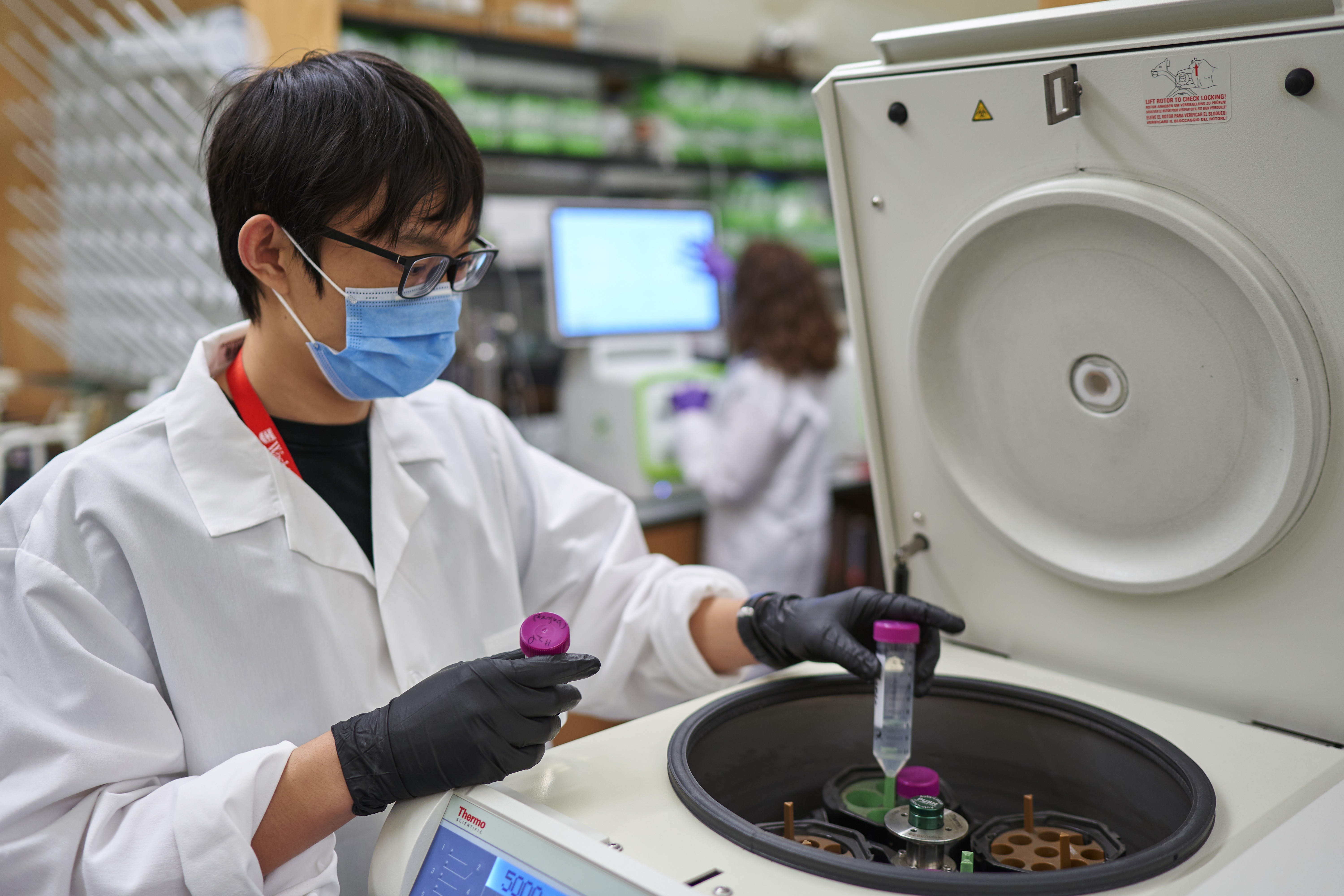
Rita Parai, assistant professor, and her lab group are primarily working remotely, focusing on writing up existing data and working on computer modeling. Their goal is to measure extremely small amounts of xenon and other noble gases trapped in rocks to figure out how Earth formed, where its atmosphere came from, and whether the oceans exist because of plate tectonics.
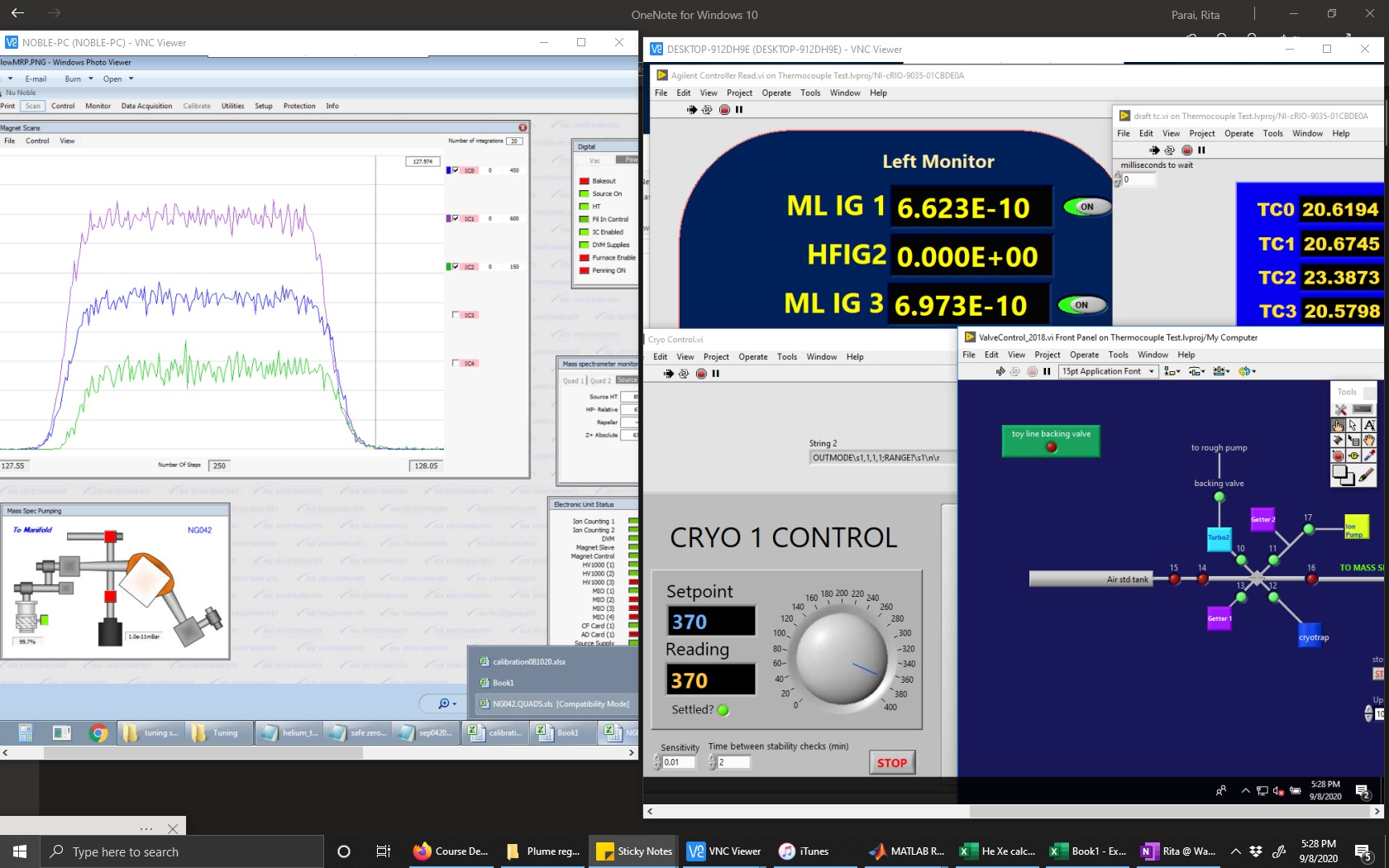
Like other labs, assistant professor Mike Krawczynski and his group have adopted protocols for physical distancing while they’re working in their lab space in Rudolph Hall. But Krawczynski, notably, has also added some physical activity to his group’s routine by taking walking meetings in Forest Park when possible.
“If we don’t need the computer, we have our one-on-one meetings in Forest Park, where we can be physically distant,” research engineer Hélène Couvy said. “We can talk about science and still be physically active. We’re thinking about keeping this habit, even after the pandemic is over. It’s nice to get exercise and fresh air, and it’s actually a pretty good workout when you’re walking several miles.”
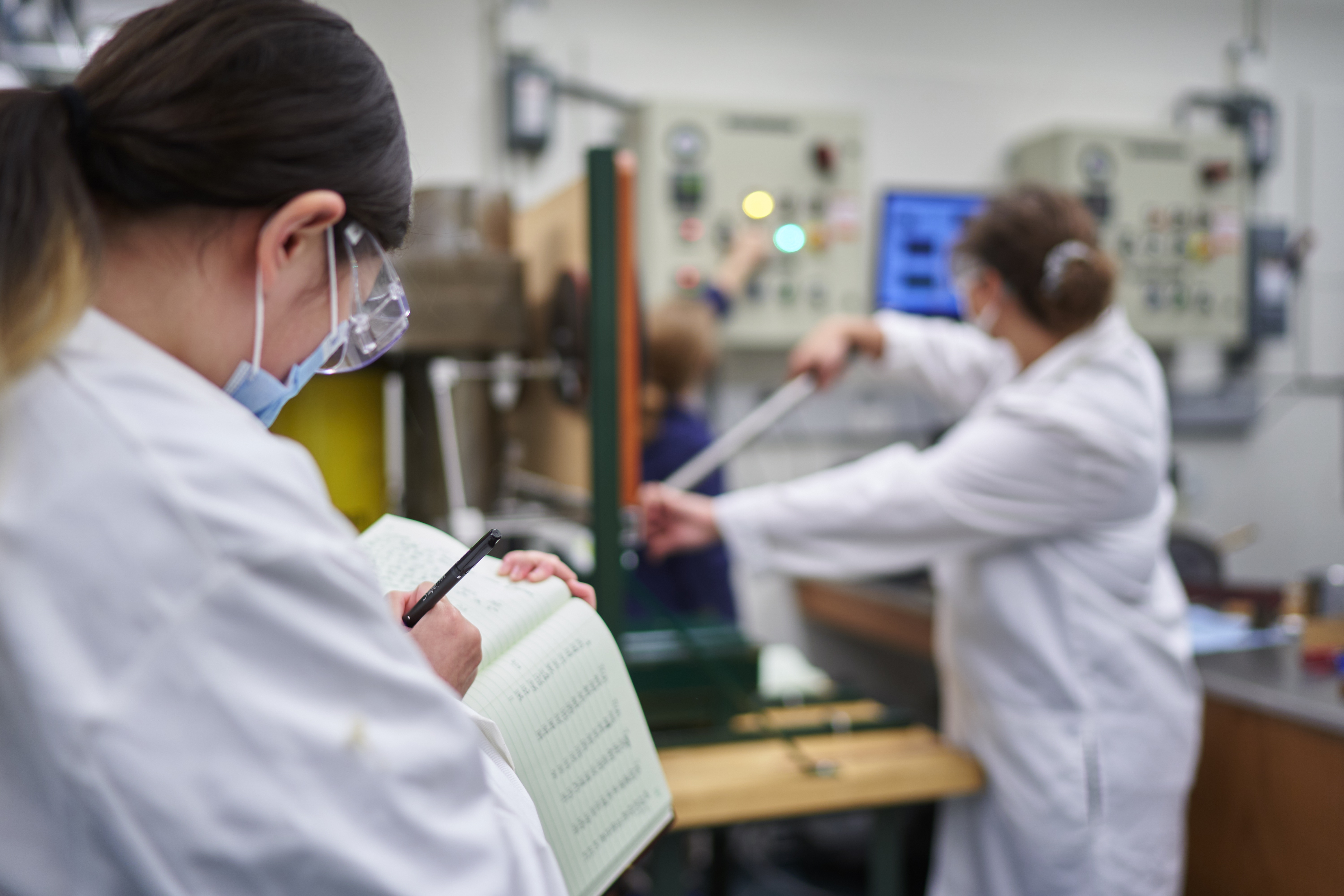
In the main office in Rudolph Hall, essential staff members are doing their part to support researchers as they get their labs up and running again after the campus shutdown that lasted from mid-March through early June. Administrative coordinator Katherine Totty has returned to the office full time, resuming her role as the primary contact person for faculty, staff, students, and visitors. Administrative officer Robert Gemignani and grants and accounting supervisor Marcia Holleran have returned part time, on a rotation similar to that adopted by several lab groups. The rest of the staff continue to work remotely, keeping the number of people in the building as low as possible to reduce the risk of COVID-19 transmission.
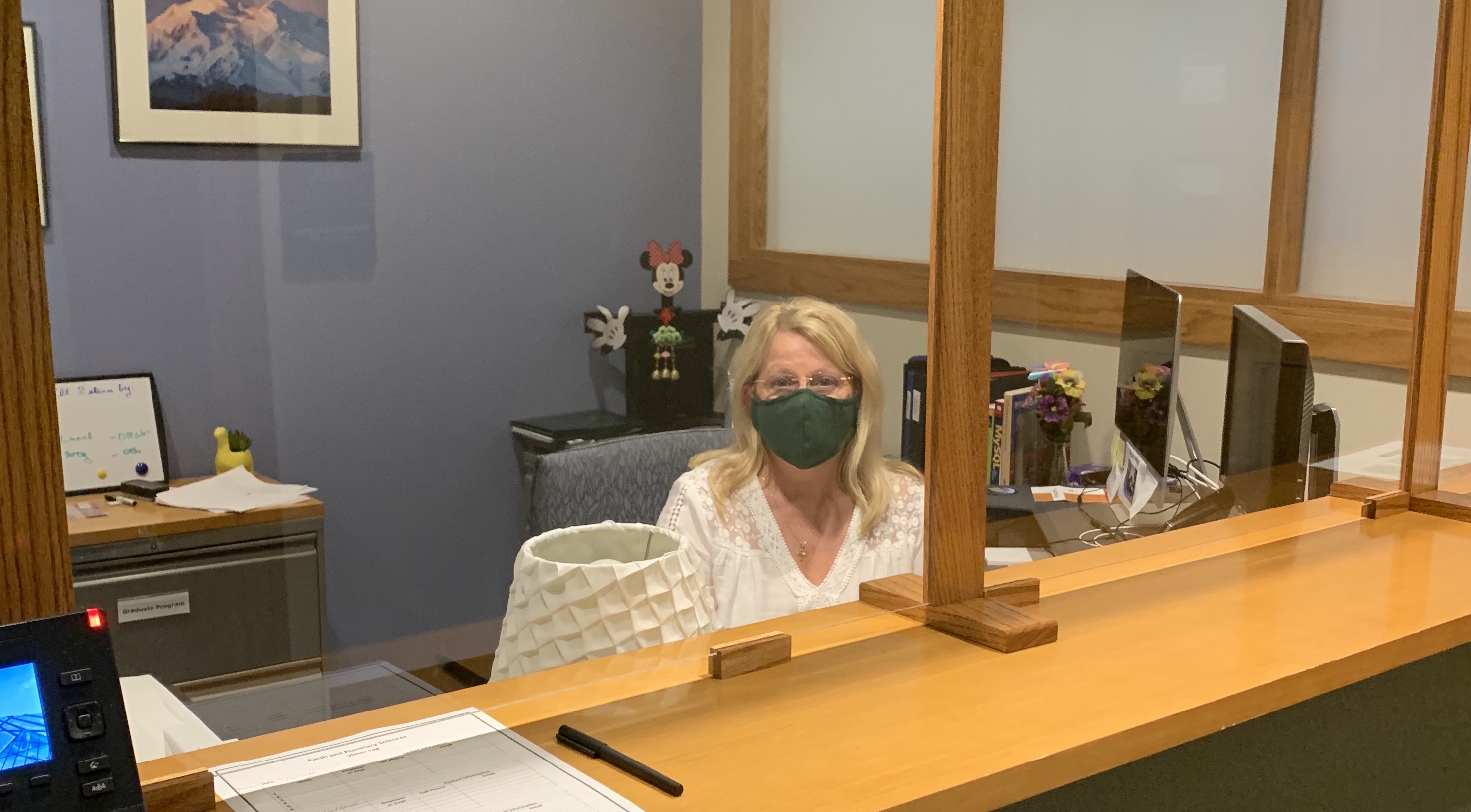
Whether they’re working remotely, making the most of their lab space, or taking the opportunity to implement more creative solutions, researchers in Earth and Planetary Sciences are all finding ways to keep their projects moving forward.

